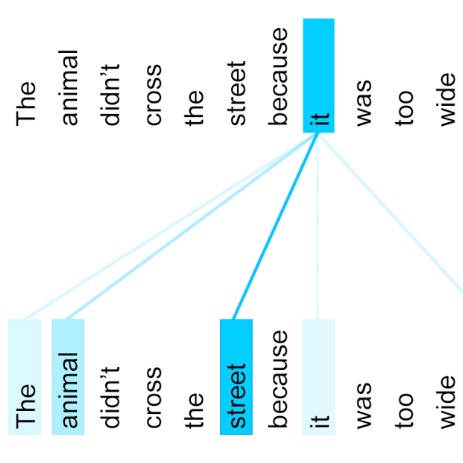Contextual information plays an important role in action recognition. Local operations have difficulty to model the relation between two elements with a long-distance interval. However, directly modeling the contextual information between any two points brings huge cost in computation and memory, especially for action recognition, where there is an additional temporal dimension. Inspired from 2D criss-cross attention used in segmentation task, we propose a recurrent 3D criss-cross attention (RCCA-3D) module to model the dense long-range spatiotemporal contextual information in video for action recognition. The global context is factorized into sparse relation maps. We model the relationship between points in the same line along the direction of horizon, vertical and depth at each time, which forms a 3D criss-cross structure, and duplicate the same operation with recurrent mechanism to transmit the relation between points in a line to a plane finally to the whole spatiotemporal space. Compared with the non-local method, the proposed RCCA-3D module reduces the number of parameters and FLOPs by 25% and 11% for video context modeling. We evaluate the performance of RCCA-3D with two latest action recognition networks on three datasets and make a thorough analysis of the architecture, obtaining the best way to factorize and fuse the relation maps. Comparisons with other state-of-the-art methods demonstrate the effectiveness and efficiency of our model.
翻译:在行动识别中,背景信息具有重要作用。 本地操作很难在长距离间隔的两个元素之间建模关系。 但是, 直接建模两个点之间的背景信息在计算和记忆方面成本巨大, 特别是在具有额外时间层面的情况下, 直接建模两个点之间的背景信息在计算和记忆方面带来巨大的成本, 特别是在行动识别方面, 在分解任务中使用了 2D 的交叉关注, 我们从2D 触发了2D Crips- 交叉关注模块, 我们建议一个 3D Crips- 交叉关注模块(RCCA-3D), 以模拟用于行动识别的视频中密集长距离波段背景信息。 全球背景被放大为稀薄关系地图。 我们按照地平线、 垂直和深度方向, 每一次建模都以3D 3D 的同一行距线点之间的关系为模型模型模型, 将参数和 FLOP 以25% 和 11% 视频背景建模。 我们评估了 RCCA-3 D 的运行情况, 和 FICAD 3 最新路径 对比 系统 的模型,, 将 和 FICAFI 3 格式 格式 演示了我们 的系统 格式 的系统, 和 FICAD 3 的 格式 的 和 的 的 格式,, 系统 和 格式 的 格式,,, 3 格式,,,,,, 和 和 格式 格式 格式 的 格式,,, 。





